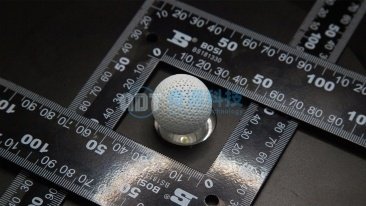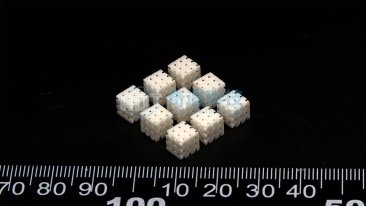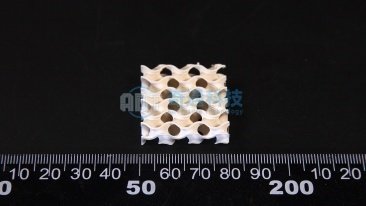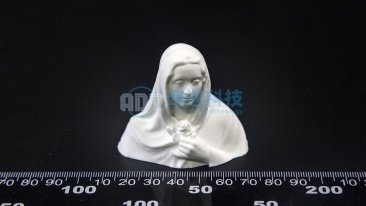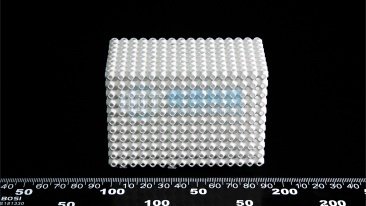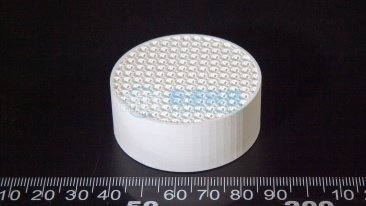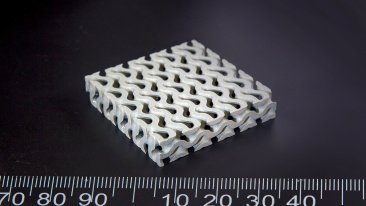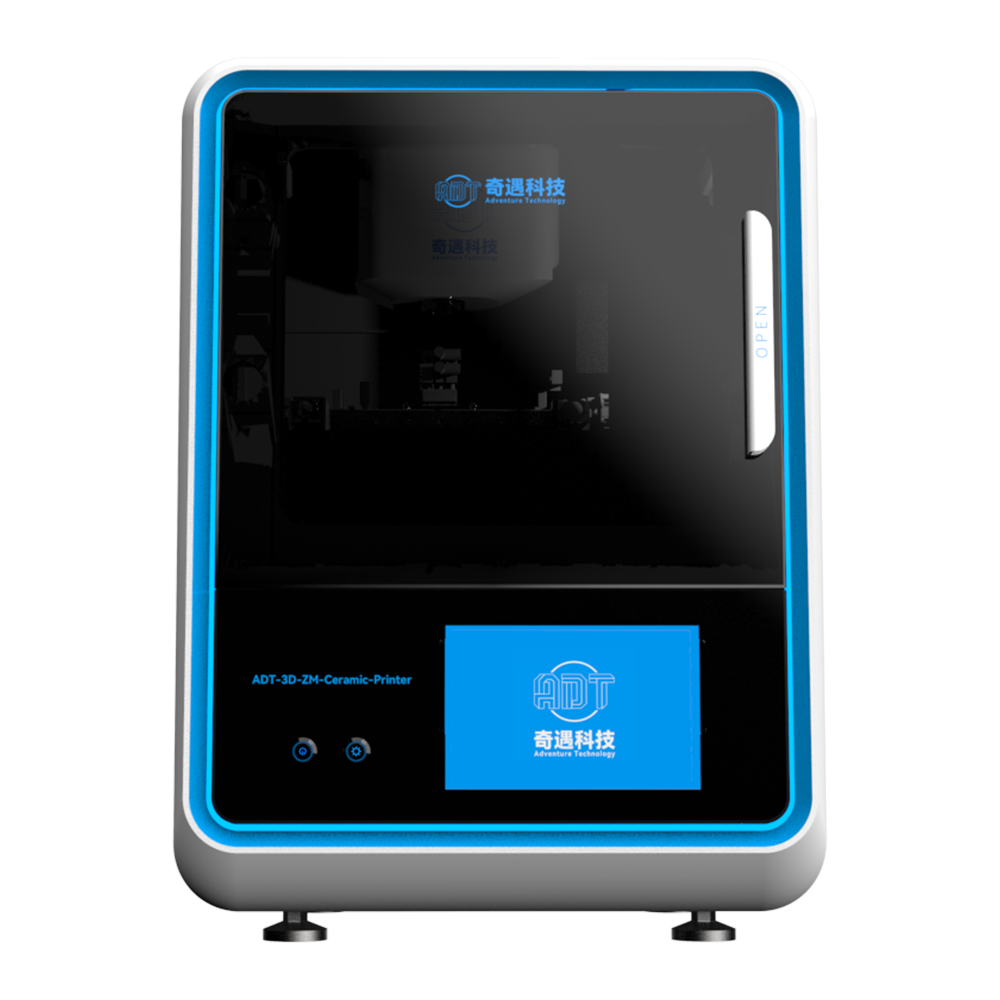
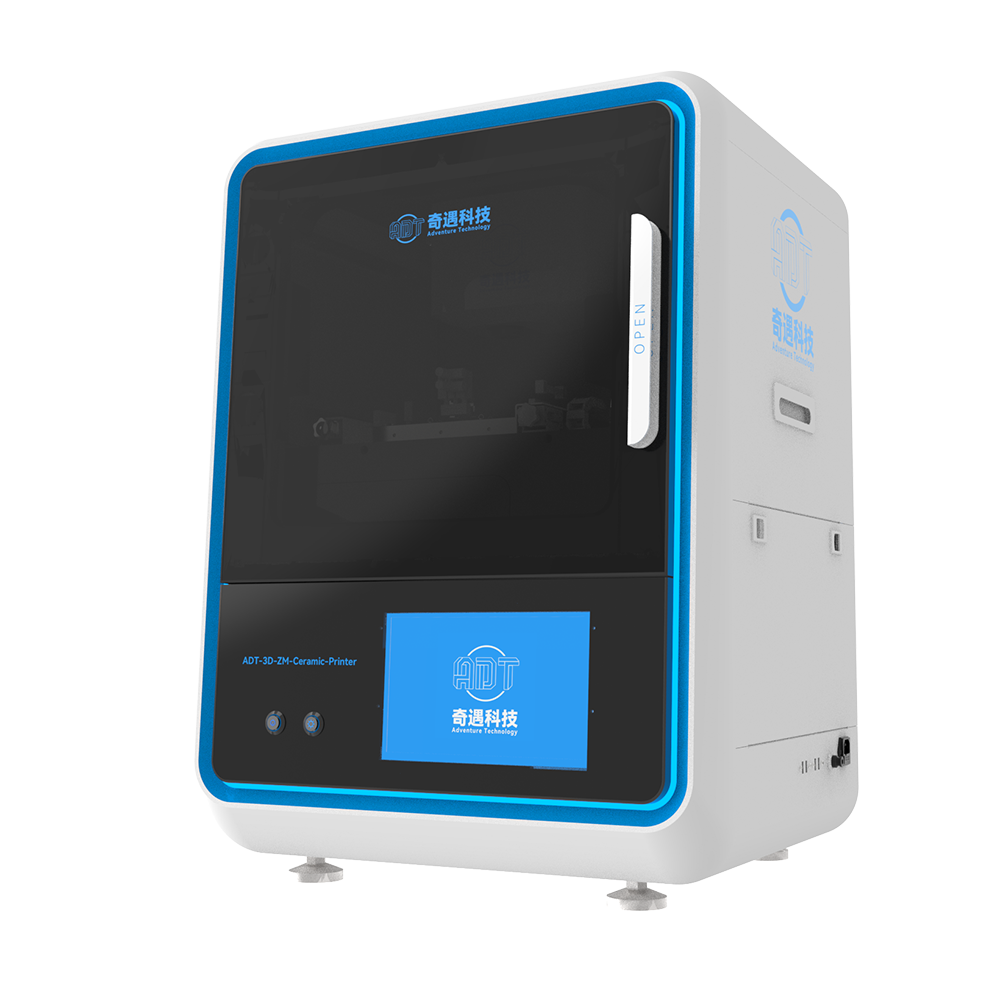
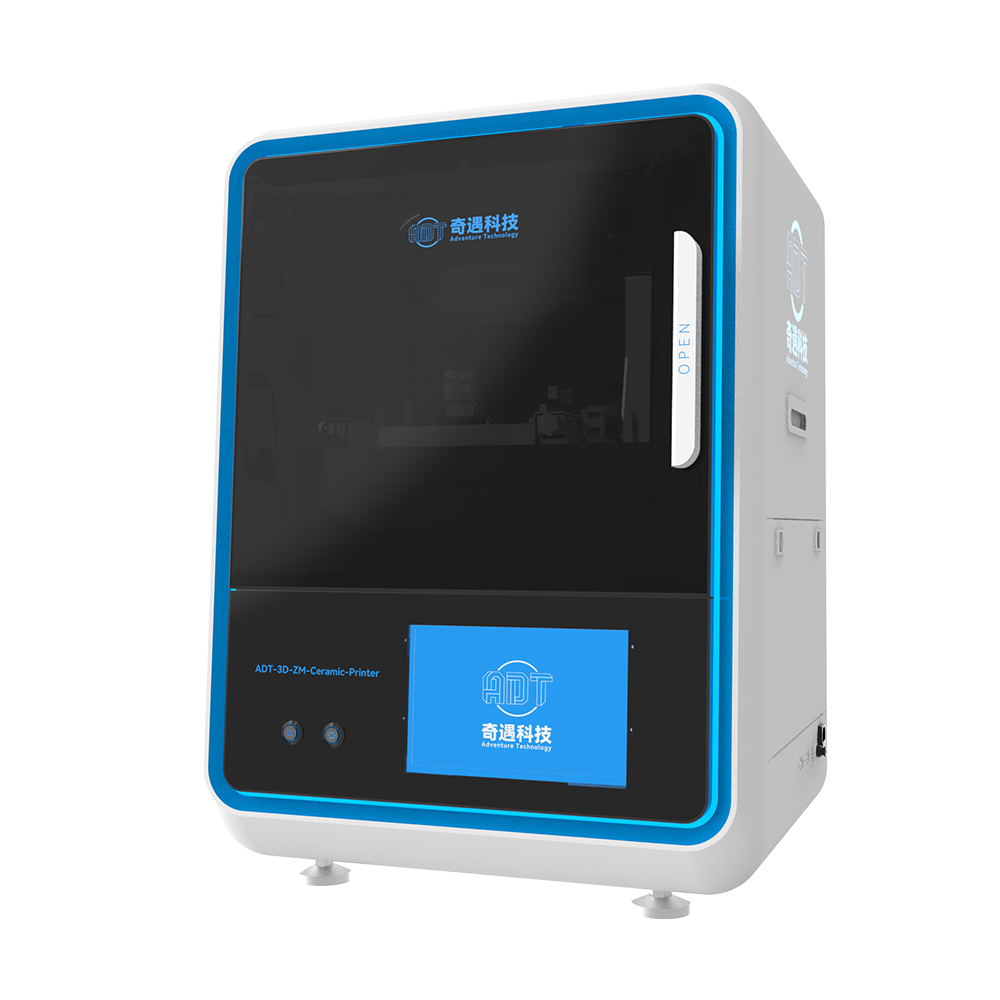

DLP Ceramic 3D Printer - Standard
- 1
Ultra-fast
700 layers per hour (alumina), accelerating R&D and production.
- 2
High Printing Success Rate
Upright sinking forming method and peristaltic filter feeding system.
- 3
Multi-material Compatibility
Capable of printing various ceramic materials.
- 4
Simplified Printing Process
Built-in material process parameter package for one-click printing.
- 5
Comprehensive Software Features
Includes photo, video, and algorithm correction functions.
Why Choose Our Ceramic 3D Printing Solutions

Precision Printing
Achieve unparalleled accuracy in ceramic 3D printing for complex geometries and intricate designs.

Dental Printing
Create precise dental restorations, implants, and prosthetics with advanced ceramic 3D printing.

Medical Ceramics
Produce biocompatible ceramic components for medical implants and surgical tools.

High-Quality Materials
Utilize advanced ceramic materials for durable and high-performance components.

Eco-Friendly
Sustainable printing methods reduce waste and environmental impact.

Versatile Applications
From aerospace to medical, our technology supports diverse industry needs.
Product Introduction
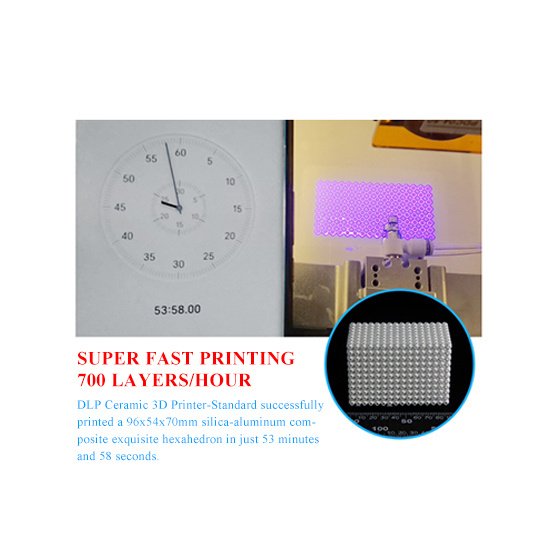
Ultra-fast Printing
As the world’s leading ceramic 3D printing equipment in terms of speed, the ADT-3D-ZM-Ceramic-96-50 leverages Digital Light Processing (DLP) technology and a unique scraper design to achieve a printing speed of up to 700 layers per hour. This significantly accelerates both research and production processes.
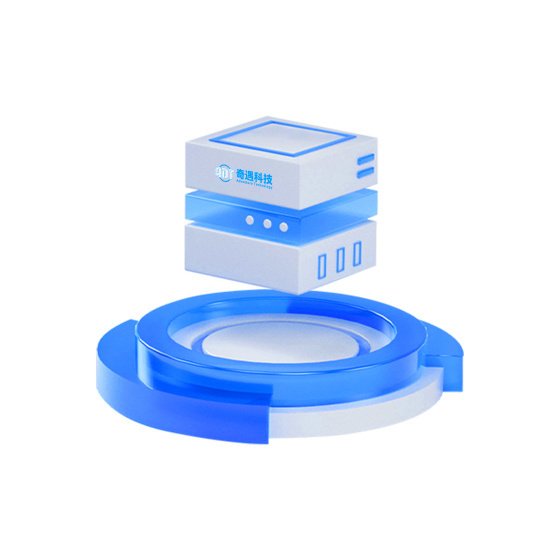
Multi-material Compatibility
We have internally validated a wide range of high-precision and large-scale ceramic materials, including oxide ceramics, non-oxide ceramics, piezoelectric ceramics, bioceramics, and photosensitive resins. These materials support diverse applications and serve as powerful tools for scientific research.
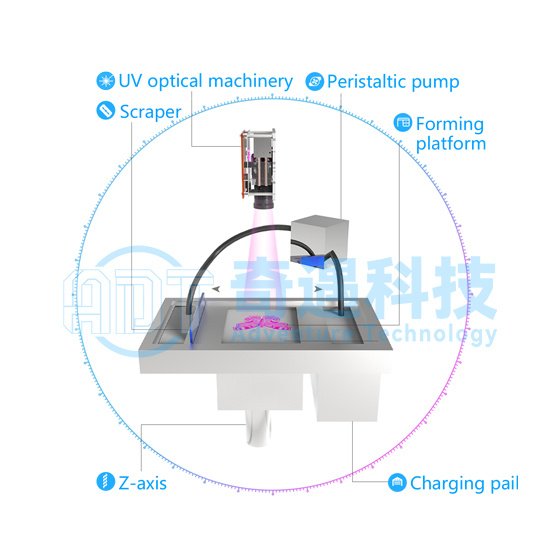
Upright Sink Forming
The upright sink forming method in DLP technology significantly enhances the success rate of ceramic 3D printing. When combined with a peristaltic filter feeding system, it ensures a consistent supply of slurry during the printing process, minimizes waste, and maximizes material utilization.
Printing Case
For more case and model information, please contact us
| Specification | Details |
|---|---|
| Equipment Type | ADT-3D-ZM-Ceramic-96-50 |
| Equipment Size | 605×510×850 mm |
| Forming Space | 96×54×90 mm |
| Optical Precision | 50 μm |
| Resolution Ratio | 1920×1080 |
| UV Wavelength | 405 nm |
| Print Rate | 700 layers/hour ① |
| Slurry Starting Volume | 250 mL ② |
| Printable Materials | Zirconia, Alumina, Silicon Carbide, Silicon Oxide, Hydroxyapatite, Barium Titanate, all photosensitive ceramic materials that can be UV curable, all kinds of photosensitive resin materials. |
① Printing Speed: Full-area printing speed for alumina slurry.
② Slurry Starting Volume: The volume of material required to print the 1 mm thickness sample.


